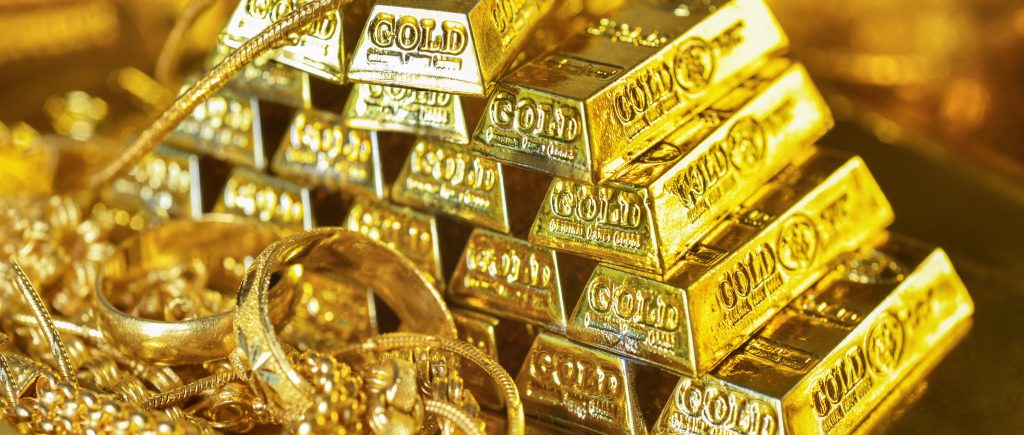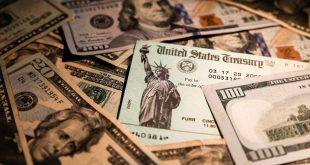Gold prices experienced a slight pullback on Wednesday, retreating marginally from the strong gains seen earlier this week. The dip was influenced by the announcement of a trade deal between the U.S. and Japan, which helped boost risk appetite and dampened the demand for safe-haven assets like gold.
At 01:20 ET (05:20 GMT), spot gold fell 0.3% to $3,421.15 an ounce, while gold futures also dropped 0.3% to $3,434.75/oz. Despite the decline, gold prices were still riding high on a 2.2% weekly gain, staying close to a record high of $3,500/oz set in April. The precious metal continued to be supported by ongoing concerns over U.S. trade tariffs, which are set to take effect on August 1.
U.S.-Japan Trade Deal and its Impact on Gold
The decline in gold prices followed the announcement of a trade deal between the U.S. and Japan. As part of the deal, Japan will be subject to a 15% tariff, lower than the 25% levy initially threatened by President Donald Trump. The agreement also included reduced tariffs on Japan’s automobile exports, which lifted sentiment in Japanese stock markets, driving them to one-year highs.
However, despite the relief from reduced tariff rates on certain goods, the U.S. confirmed that Trump’s 50% tariffs on steel and aluminum would remain. This announcement, combined with political uncertainty in Japan following Prime Minister Shigeru Ishiba’s party’s defeat in recent elections, tempered the optimism surrounding the trade deal.
Trade Tensions and Safe-Haven Demand
Gold, typically seen as a safe haven during times of uncertainty, was buoyed earlier in the week by continued worries surrounding U.S. trade policies, including the impending tariffs on European Union goods. Markets remain on edge as trade tensions between the U.S. and the EU persist, with the EU preparing retaliatory measures in response to U.S. demands for higher tariffs.
Fed Meeting and Dollar Weakness
In addition to trade concerns, the upcoming Federal Reserve meeting next week provided additional support for gold. While the Fed is widely expected to leave interest rates unchanged, growing pressure from Washington for rate cuts has raised speculation about future monetary policy shifts. The anticipation of the Fed’s next move weighed on the U.S. dollar, which experienced a mild pullback on Wednesday. A weaker dollar can make gold cheaper for foreign buyers, adding further support to the precious metal.
Other Precious Metals Perform Well
While gold faced a slight decline, other precious metals saw gains. Platinum and silver both traded up between 1% and 3% this week, although they experienced minor declines on Wednesday. Industrial metals also showed some mixed movement, with copper futures on the London Metal Exchange slipping 0.1% to $9,907.75 a ton, while COMEX copper futures rose 0.3% to $5.7855 a pound.
Gold’s slight pullback comes amid easing risk concerns following the U.S.-Japan trade deal, but the broader market remains cautious. With ongoing trade tensions, potential retaliatory tariffs from the EU, and the upcoming Federal Reserve meeting, gold and other precious metals are likely to remain influenced by these macroeconomic uncertainties. Investors are closely monitoring these developments, as they will shape the outlook for safe-haven assets in the near future.
 Noor Trends News, Technical Analysis, Educational Tools and Recommendations
Noor Trends News, Technical Analysis, Educational Tools and Recommendations





